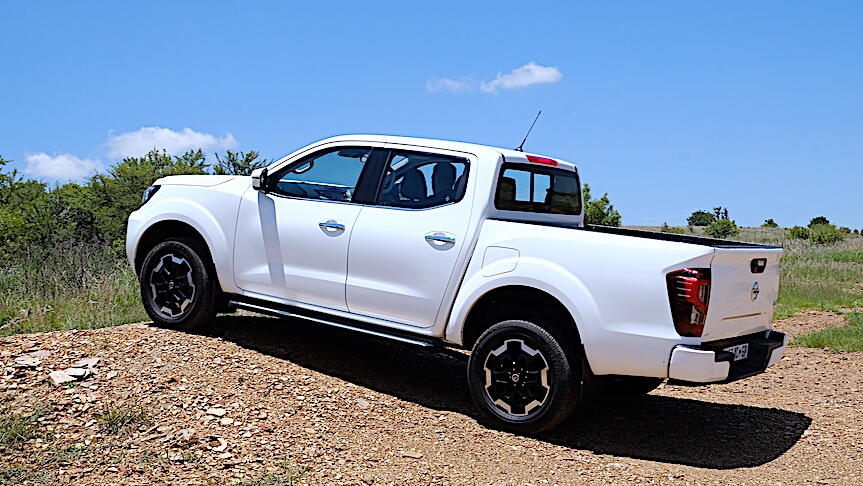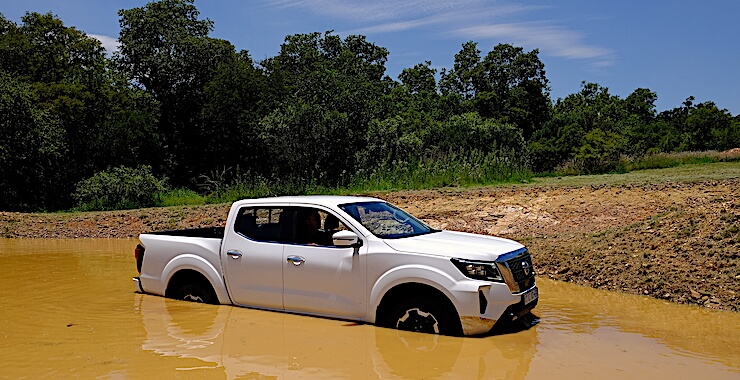Where are we today?

The 4×4 training industry started around 30 years ago as the segment moved from a commercial base to include leisure users. Wanderlust had set in. A strong desire to travel.
Although 4×4 owners are often unfairly categorised as pavement crawlers, weekend warriors, and over-landers, they tend to share a desire. They want to know what they are capable of, given the vehicle they have.
I have been involved in 4×4 training for over 30 years. I was simply allocated the role by a CEO as I drove a 4×4 as a company car.
In the early days, we trained from Friday evening to Saturday afternoon. Brunch on Saturday was memorable as we spent time unpacking our equipment and sharing tips.

In the early days, training was rather unstructured. As demand grew structure set in. A course started with breakfast, followed by a lecture, then the practical training. Some instructors lectured for hours, others kept it to under an hour preferring to train during the practical session.
The industry started to regulate and uniformity set in. A typical course initially included recovery but later excluded that opting instead to handle more advanced terrain.
Eventually, training was offered at an introductory level, advanced level and a recovery option. Advanced training was often on a trail.

As sports such as rugby and cricket grew in terms of TV viewership one had to shorten courses, offer TV and even reschedule given the time zones in which games were played.
We then went through a period of interaction with the government with thoughts of possible legislation and licencing of drivers. Unit standards were developed for the transport SETA ( Sector Education Training Authority ) and instructor accreditation took place.
This resulted in a regulated yet cumbersome procedure. Ultimately the Department of Environment shelved the process having more pressing issues to deal with.
In the old days, there was a trend to tackle hectic obstacles and drive seriously rough terrain. The mood has shifted, I recently spoke to a few instructors, the trend today is to find out what the individual is capable of without damaging the vehicle. Seriously rough obstacles are now bypassed.
Remember you have to get to work after a trip, course or 4×4 route. You also need to understand the varying terrain and how to safely negotiate it.
So a good instructor helps you work through these areas, the track will be designed to allow you to understand the limits of your vehicle yet not damage your vehicle. It will also include examples of all obstacles that you may encounter other than snow and ice.
Many manufacturers offer introductory courses followed by advanced options.

These allow you to gauge your intentions, generally, a weekend warrior looks for trails that offer serious obstacles in the company of friends. An over-lander looks to touring with a degree of 4×4 requirement but want to return home safely. Advice about equipment is important. One does not want to take unnecessary risks. Your insurance cover is important especially if crossing borders.
In both scenarios, you need to know how to negotiate a variety of obstacles. But if you intend to overland lean to an instructor that also operates as a tour guide. They tend to evaluate risks and want to get their groups home without damage or breakdowns.
Although courses have been shortened I feel that an instructor cannot miss the basics regarding tyres. One needs to discuss the types of tyres especially if a client may be looking to change tyres. In many cases wanting to upgrade to an all-terrain variant. Puncture repair, deflation and obstacle techniques need to be discussed. The client needs to understand the difference between driving a 4×4 and a normal car in respect of the handling characteristics.
Then we get to recovery, I always say that someone who goes off-road has never really gone off-road until they get stuck.

Here recovery equipment, safety and the availability of recovery points are important. A good recovery course should cover winching and even demonstrate the dangers of a failure. Various situations should be covered and even demonstrated. This should include self-recovery.
Oft debated is the one on one training approach as opposed to being part of a group. I prefer group training, it allows people to share experience and ask questions. Both of which are beneficial to members of the group. Training is important, even if you have been trained and are offered a course go for it! Technology changes and you will benefit as you learn. Your vehicle will also benefit as you hone your skills and reduce the risk of damaging it. Chat to us about insurance if you need advice!
